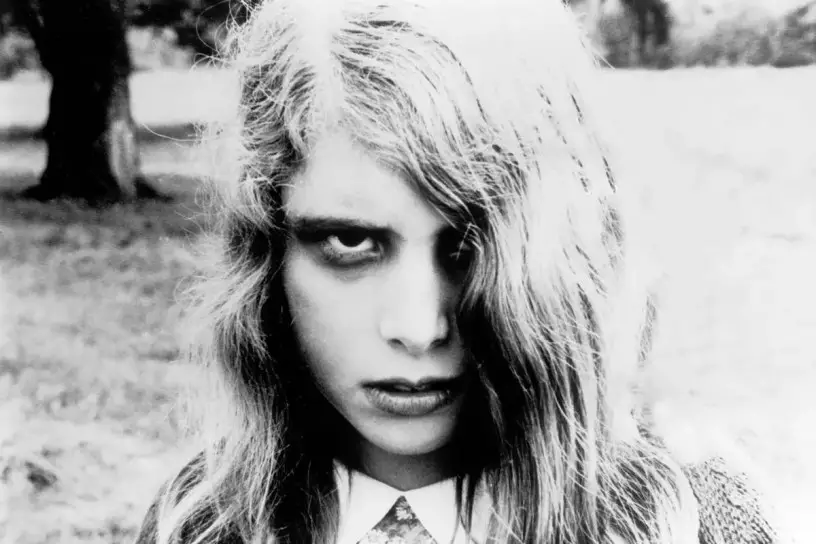On October 1, 1968, a low-budget horror film called Night of the Living Dead debuted in the venerable Fulton Theater in Pittsburgh. The theater has since been refurbished (and renamed) to the extent that it barely resembles its early self. But the movie that arguably made it famous retains its core originality and continues to influence low-budget filmmakers, particularly in the horror genre.
George Romero, who directed, photographed, edited and co-wrote Night of the Living Dead, made the movie for $114,000 on hastily arranged outdoor and indoor sets in a small town about 30 miles from Pittsburgh. The film follows seven disparate people who are trapped in a farm house surrounded by a pack of flesh-eating zombies. (Yeah, I know, the worst kind.)
Romero, who previously had only directed TV commercials, got the idea from a Richard Matheson post-apocalyptic novel, I Am Legend, which later served as inspiration as well for the 2007 same-titled film starring Will Smith.
Click Amazon: See the 1-Day Discounts!
“I ripped off the idea for the first film from a Richard Matheson novel called I Am Legend, which is now back with us after a couple of incarnations,” Romero said in 2008. (The director died in 2017.)
Romero, who later directed more horror films, such as Dawn of the Dead, Land of the Dead, Diary of the Dead (yes, he liked the title variation), employed every cheap trick in the book to reduce production expense, such as Bosco chocolate for blood, the car of a cast member’s mother in the opening scene, and roasted ham as the aforementioned eaten flesh.

Judith O’Dea (‘Barbra’) in an early scene of Night of the Living Dead.
Despite the limitations, it somehow works thanks to Romero’s offbeat camera angles, rapid pacing, sly social commentary, and the game (if inconsistent) performances from the largely young and inexperienced cast.
“We knew that we could not raise enough money to shoot a film on a par with the classic horror films with which we had all grown up,” remembered Karl Hardman, who played ‘Harry Cooper,’ an older character who constantly argues survival tactics with the film’s lead, played by Duane Jones. “The best that we could do was to place our cast in a remote spot and then bring the horror to be visited on them in that spot. We had no idea that we would be creating a mutation of the horror film genre. Our goal: “make it as scary as we could.’ ”
When the film premiered in 1968, critics were largely unimpressed and the greatest attention the film generated was concern that it was too violent. (Yeah, too much flesh eating.) But showings on college campuses and other small locales brought the film a cult following in the 1970s and Romero was able to do a better-financed sequel, Dawn of the Dead, in 1978.
Fifty-three years after the premiere, it’s hard to envision that without Night of the Living Dead there would have been a Blair Witch Project, Danny Boyle’s 28 Days Later, or even AMC’s The Walking Dead. They all took inspiration from Romero, particularly using zombies as evil forces. The irony here is that Romero’s original film didn’t even use the word, zombie.
“When I did the first film, I didn’t call them zombies. When I did Night of the Living Dead I called them ghouls, flesh eaters. To me back then, zombies were just those boys in Caribbean doing the wet-work for Bela Lugosi. So I never thought of them as zombies,” Romero said in 2008.
You can watch Night of the Living Dead for free on Pluto, Tubi and Vudu, or just click below!


When I was a kid in the Bronx in the 60’s Bosco was the chocolate syrup of choice. Also Cocoa Marsh.